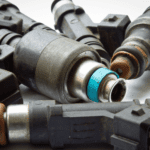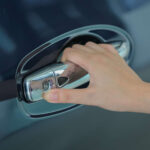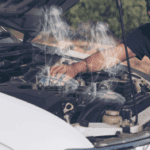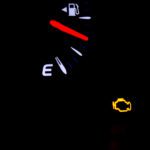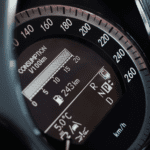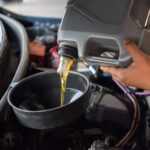A car that dies while driving is one of the worst things. What a way to ruin your day. The thing with car batteries and the charging system is that they indicate a problem before giving up, such as the charging indicator on the dashboard. Ignoring the indications will lead to issues like the car dying as you drive, which I’ve explained in more detail in this article.
A Car Batteries Role
The car battery stores the charge produced by the alternator so that when you come to start the vehicle next time, you have enough power to turn the car over. The battery’s charge is constantly replaced as you drive because a load will always be drawn from the battery to power the heater, the lights, the indicators, etc; the alternator carries out this charge replacement.
With the car turned off, the car battery also has another job of powering the car’s security system and electric components that require a constant current. This is one reason the car battery drains as soon as you turn the car off, but the amount being drawn is insignificant unless the battery is bad.
Can a Dead Battery Cause a Car to Die While Driving?
It is uncommon for a car battery to cause the vehicle to stop while driving. Once the car is started, the battery is not needed until the car is turned off and started again. When the vehicle runs, the alternator takes over and produces enough electrical power to run the car’s electronic components.
It is more likely that the alternator is not producing enough charge to keep the car going than the battery. Several problems could cause this, but one is the serpentine belt snapping, which means the alternator is not running while driving.
When a car battery drains while driving, the electrical components may struggle. For instance, the headlights may dim, and the windshield wipers may slow down. This happens because the parasitic load from these components drains the battery’s remaining charge.
The alternator should recharge the battery and provide enough electrical load to power the car and its components. If it is not producing enough charge or has failed internally, the battery’s charge will be displaced. This can also be caused by a faulty internal battery cell or a dodgy connection.
If these warning signs are ignored, the battery will eventually not have enough amps to power the car’s coil pack and spark plugs, and the car will stall even when driving. Once the vehicle has stalled due to a failed battery, it can be challenging to get it running again, and even a jump start may not work.
What Can Cause a Battery to Die While Driving?
There are a few reasons your battery will not hold a charge, which can cause it to switch off when driving; they include:
- Alternator failure – If the alternator is not functioning correctly, it won’t be able to recharge the battery or power any of the car’s essential components.
- Bad battery cells – A battery with bad cells won’t hold a charge, causing it to fail at any time.
- Loose or corroded battery cables – If the cables are loose or corroded, resulting in a poor connection, they won’t be able to transfer a charge to the battery or any components it needs to power.
- Electrical issues – Faulty wiring or other electrical issues can stop the power transfer between the alternator and battery, causing it to fail.
- Serpentine belt snapping – If the serpentine belt snaps, the alternator pulley won’t spin, meaning the battery won’t charge, and the car will shut off once the battery has used all of its remaining voltage.
Signs of a bad battery
The signs of a bad battery are similar to an alternator, so it is important not to misdiagnose the two problems. Bad battery symptoms include:
- Failing to turn over
- Failing to charge after starting
- Needing to jump-start to get the car running
- Sporadic electric failure
- Car clock stopped working
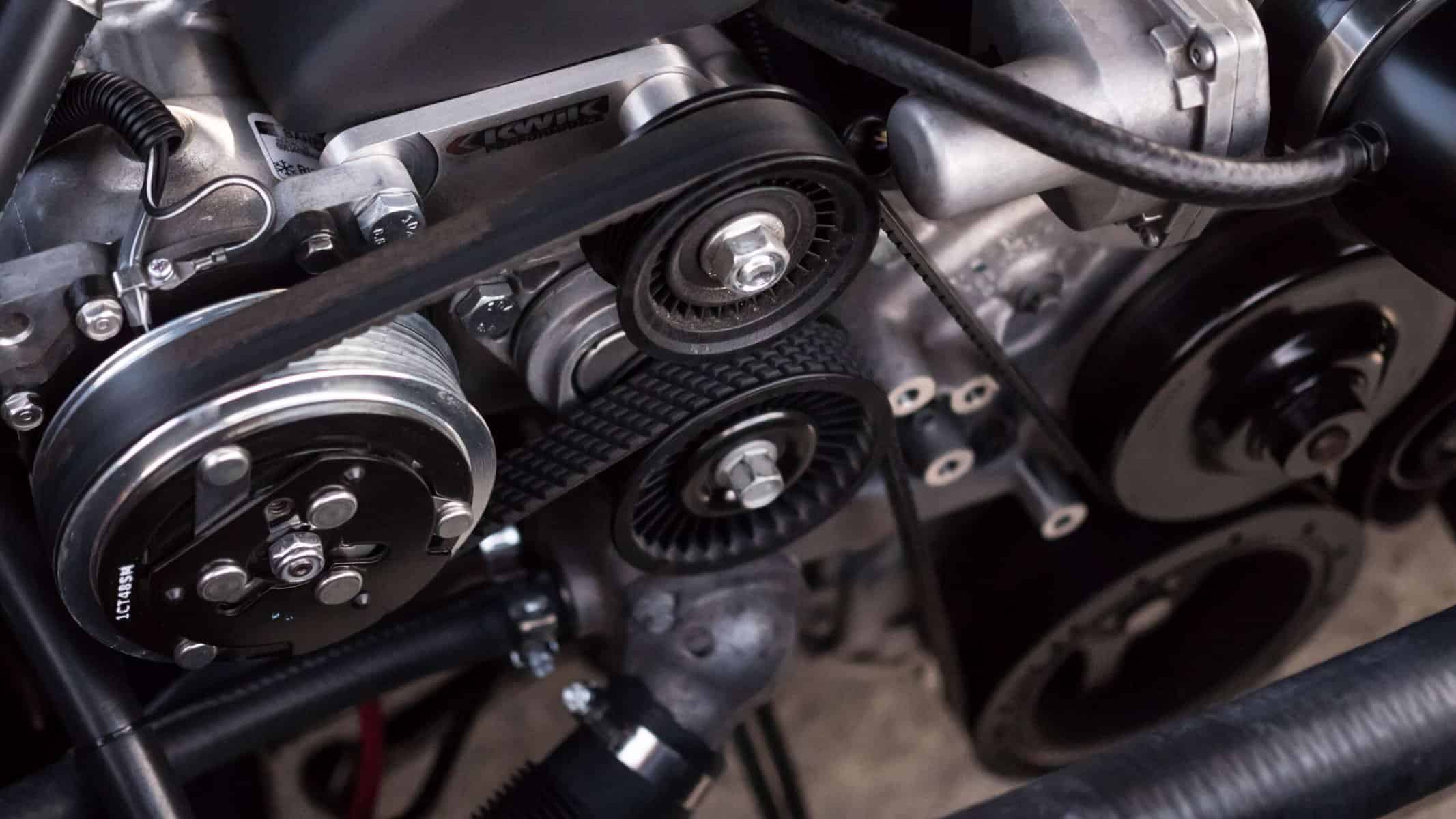
The Alternators Role
The alternator provides power to the vehicle once the car is running. Although this power is distributed from the battery, the current is produced by the alternator, the vehicle’s electricity generator.
An alternator will always produce a higher voltage than the battery’s requirement. This means a working alternator will charge at 13.4 to 14.4 volts even though the battery’s capacity is 12 volts. This ensures it overproduces power for the components; what’s left of the current consumed is then stored in the battery until the vehicle is started next time.
Signs of a bad alternator
Battery and alternator faults come hand in hand. Both components work together to keep the car running, but one can fail without the other. If a battery dies, you may find the cause is the alternator not putting enough charge in. The typical warning signs to look for:
- Engine misfires
- Failure to start the car
- Dimming lights
- Sporadic electrical failure
- Battery charging light illuminated
- A strong burning smell from the engine
- Smoke coming from the alternator
What Should You Do if Your Car Battery Drains While Driving?
If you can get the car restarted again either by jumping or bump starting it, then to continue your journey, it is important you use the minimum amount of electricity; this means no radio, no lights (if during the day), no using the power windows, etc., However, if you notice the car battery draining too quickly and causing problems as you drive, you should pull over safely and call for roadside recovery. Continuing to drive could result in the battery failing and the car coming to a standstill. It will get to a point where jump-starting the vehicle will no longer work.
Moving an automatic transmission car with a flat battery is difficult; without power, you cannot move the vehicle into neutral. In case the battery does fail, it will need to be replaced. Once the new battery is installed, it’s recommended to have the charging system checked for any faults.
Bottom Line
Ignoring a failing car battery’s symptoms could result in problems such as the car battery dying while driving and the car stalling, although this is the worst case. The car battery usually drains because of charging system issues like a faulty alternator or broken serpentine belt. Almost all charging systems faults result in the warning light coming on, so if the warning light does come on, it’s best to get the car inspected ASAP and save yourself from problems while driving.


